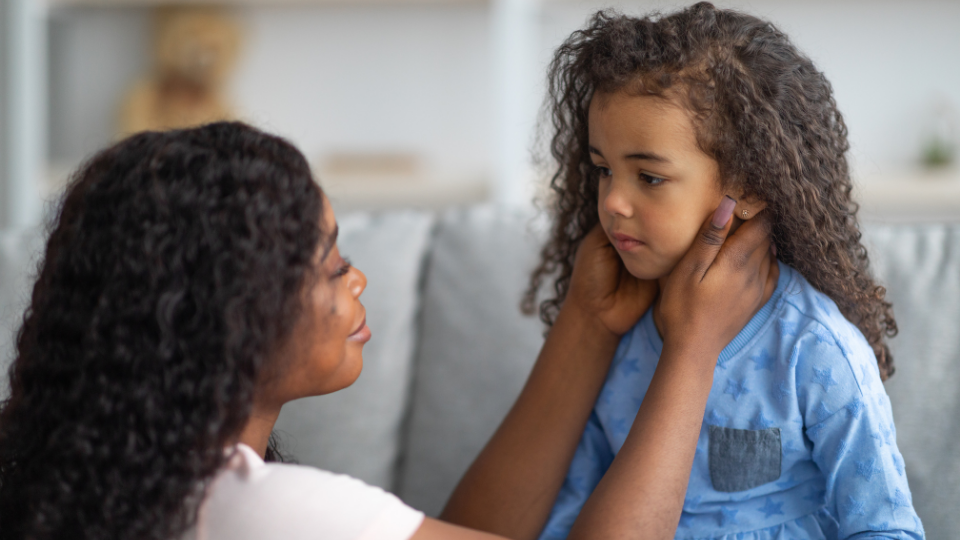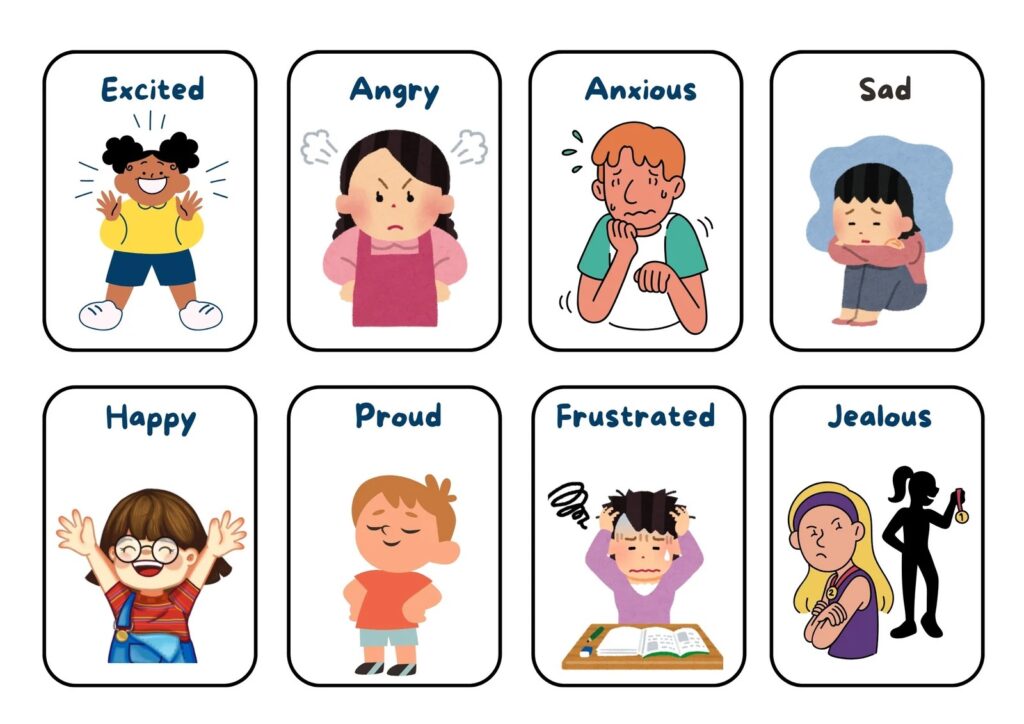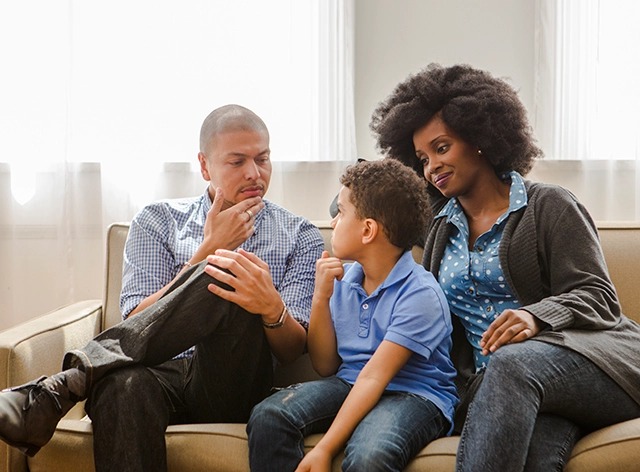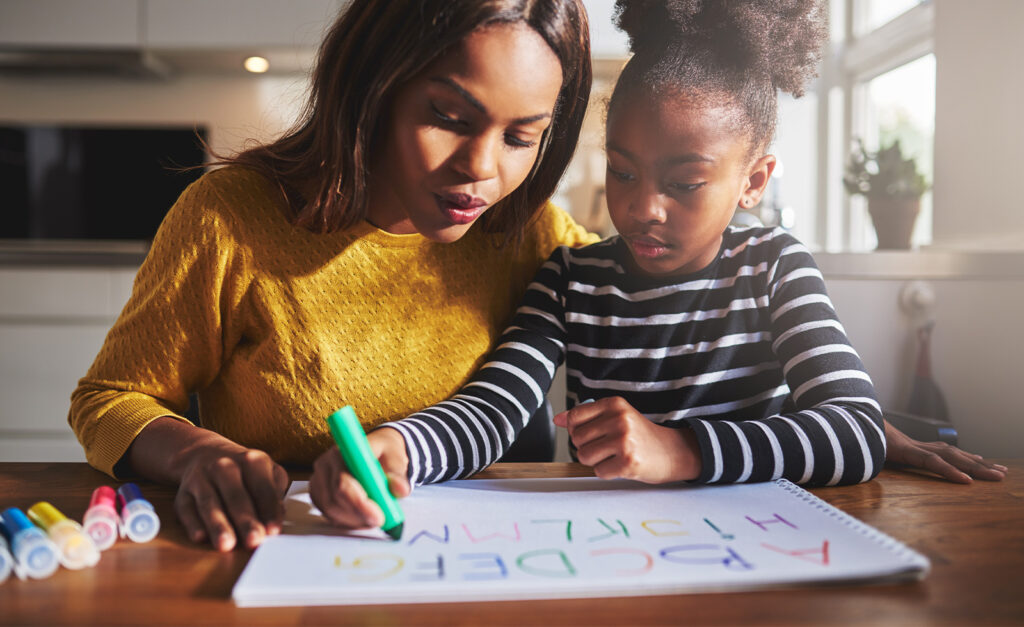Emotional First Aid: Helping Kids Handle Big Feelings
The world can often be too loud, too fast, and too confusing, even for adults—it’s no surprise that kids sometimes feel overwhelmed by their emotions. Spilt juice can lead to full-blown tears; a missed party or playtime can trigger what feels like a meltdown. But what we see as “overreacting” is often a child’s genuine attempt to process big feelings with tools they’re still learning to use. That’s where emotional first aid comes in.
Just like you’d treat a scraped knee with a bandage and tender love and care, emotional wounds—disappointment, frustration, fear, or sadness—deserve gentle care and attention. The earlier children learn to recognise, name, and navigate their emotions, the more emotionally intelligent, resilient, and confident they will grow to be.
 Create a Safe Space For Expression
Create a Safe Space For Expression
Kids need to know it’s okay to feel what they’re feeling. Encourage open conversations about emotions—name them, normalise them. When a child says, “I’m angry,” resist the urge to fix it immediately. Instead, try “Tell me why” or “That sounds tough.” These phrases validate their feelings and teach them emotional vocabulary, the first step in emotional regulation.

Use Tools They Understand
Visuals, such as feeling charts or emotion flashcards, can help younger children identify how they feel. You can also use creative activities, such as drawing, storytelling, or playing, to help them express themselves in ways that words may not yet allow. The goal is to help them connect the dots between feelings and actions.

Model Calm, Even in Chaos
Children are always watching. If you lose your cool every time traffic hits or your phone rings off the hook, they’re more likely to mirror that stress response. Practising deep breaths, pausing before reacting, and talking through your emotions in age-appropriate ways (“I’m frustrated, so I’m going to take five deep breaths”) shows them how to manage feelings without suppressing them.

Teach “Feel-Better” Techniques
Give them a go-to emotional first aid kit. This could include a short breathing exercise, squeezing a stress ball, colouring, journaling for older kids, or even having a comfort object nearby. Let them know it’s okay to take breaks when things feel overwhelming—and show them how.

Know When to Get Support
If a child is consistently withdrawn, acting out in extreme ways, or struggling to manage daily life, it may be time to consult a child therapist or counsellor. Emotional wellness is just as important as physical health, and there’s strength in asking for help.

Teaching emotional first aid isn’t about stopping tears or tantrums—it’s about equipping children with the skills to process life in healthy, compassionate ways. The earlier they learn that big feelings aren’t scary or shameful, the better they’ll be at handling life’s ups and downs. With the right support, every child can grow into an emotionally aware, confident adult—and that’s a gift that keeps giving.






